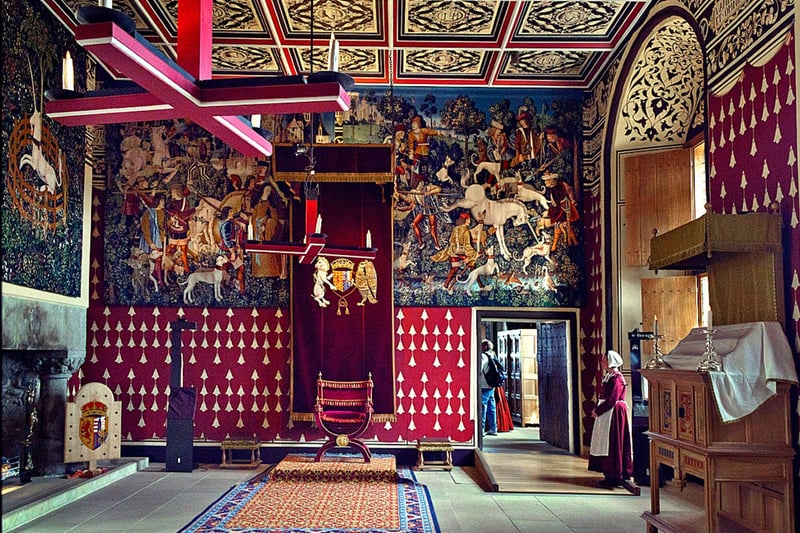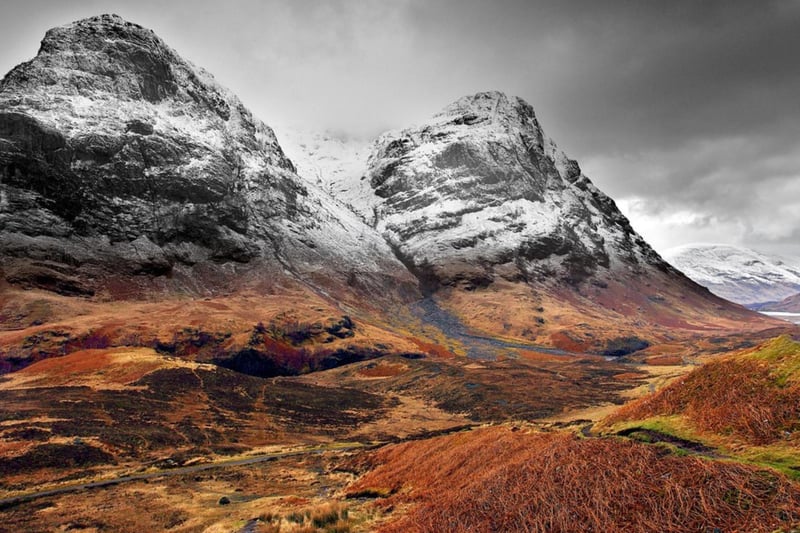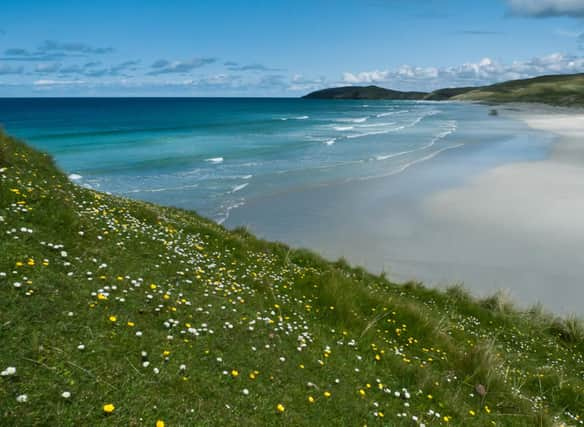For the most popular Scottish tourist attractions you can easily find suggestions like Edinburgh or the Scottish Highlands with a quick online search, but of course there is much more on offer in this bonnie wee country of ours.
Majestic castles, UNESCO heritage sites, and tropical-style beaches are only some of the sights that make Scotland such an unforgettable place to visit. This list includes attractions that are free to visit, some famous and others considered to be ‘hidden gems’.
So, here are twenty-five of the most spectacular places to visit in Scotland according to our Scotsman readers.

1. Loch Awe
You can find Loch Awe in the heart of Argyll just a two-hour journey by car from Glasgow in Central Scotland. It measures forty-one meters in length and occupies thirty-eight and a half square kilometres making it Scotland’s longest freshwater Loch. Nearby you can find Kilchurn Castle; one of Scotland’s most photographed castles. Photo: via WikiCommons

2. Ben Nevis
This is the highest mountain in Scotland and the entire United Kingdom standing 4,411 feet above sea level. It used to be a huge active volcano which erupted and collapsed in on itself millions of years ago. Photo: via WikiCommons

3. Unicorn Tapestries at Stirling Castle
Stirling Castle is one of Scotland’s most well-known castles for its intriguing history and architecture. New tapestries at the castle were crafted as part of a £2 million project which took 13 years to complete. They recapture the atmosphere of the royal court. Photo: via WikiCommons

4. Glencoe
As the National Trust for Scotland puts it, “It's known equally for its awe-inspiring views and sorrowful past – it is a place of history, wildlife, adventure and myth.” It is considered Scotland’s most famous glen and is named after the River Coe which runs through it. Photo: tonyarmstrong on Flickr

